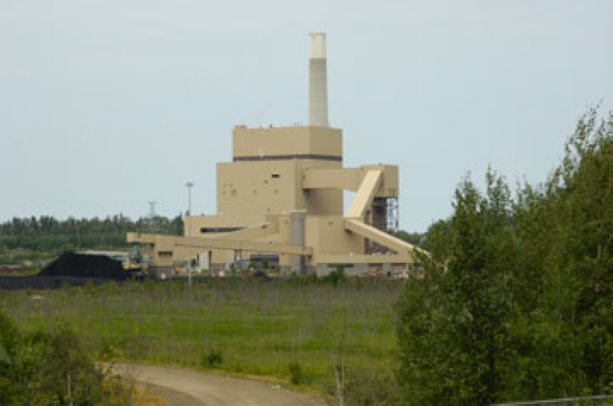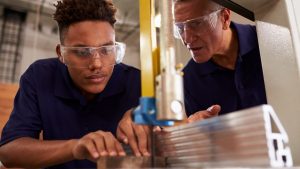With coal destined for the slag heap in Ontario when a ban on its use for power generation comes into effect at the end of 2014, it’s a waiting game for Ontario contractors as Ontario Power generation keeps its options open.
Power Generation
With coal destined for the slag heap in Ontario when a ban on its use for power generation comes into effect at the end of 2014, it’s a waiting game for Ontario contractors as Ontario Power generation keeps its options open.
OPG, a power generation company owned by the Ontario government, is testing biomass at its four coal plants with a view to keeping at least some of the plants open.
In 2006, the Ontario Government established the Atikokan Bioenergy Research Centre, with OPG’s Atikokan Generating Station hosting some of the work and testing wood pellets. More recently, OPG’s Nanticoke Generating Station co-fired wheat shorts, grain screenings and wood pellets with coal, while its Thunder Bay station has used pelletized grain screenings. Tests have also been held at OPG’s Lambton station.
“The only thing we’re not looking at is anything that is food-chain-oriented,” says OPG spokesperson Ted Gruetzner. That rules out feed corn and husks, for example, because these are used as cattle feed.
Biomass is considered carbon-neutral because the amount of carbon released when it’s burned equals the amount removed from the atmosphere when the source plants are growing. Mixing biomass with coal, or using it to replace coal entirely, is already well established in several European countries, and OPG says biomass has the potential to help reduce net greenhouse gas emissions here in Ontario.
However, contractors hoping for work in relation to coal plant closures or conversions shouldn’t hold their breath. Gruetzner says plant modifications aren’t needed for testing, and any future construction plans remain up in the air.
“We will probably have to modify our fuel handling and storage, but what that would involve I don’t know. We aren’t at a stage where we could even entertain that type of discussion.”
While OPG is testing biomass at all four coal plants, feeding it into the system for short periods of time, the company doesn’t expect to maintain all four facilities. The power yield from biomass is lower than what coal provides, Gruetzner says. “We’re looking at what we can do, but not all the units at all plants will be converted.”
The rest of the energy mix would come from other sources, including wind, solar and nuclear, as well as natural gas for handling peak loads.
However, Gruetzner said OPG does not plan to convert its coal facilities to anything other than biomass. Natural gas, while theoretically possible, is not under consideration.
“There are more efficient ways to use natural gas than burning it in existing coal plants.”
Ontario isn’t alone in its plans to convert coal to biomass. FirstEnergy is looking to turn its R.E. Burger Power Plant in Shadyside Ohio, near West Virginia, into one of the largest biomass-burning operations in the United States.
The project, slated for completion in 2012, will see two boilers produce up to 312 megawatts of electricity from biomass. That’s enough for about 190,000 houses and would match the amount of electricity coal now produces at the facility, according to FirstEnergy spokesperson Mark Durbin.
While OPG has ruled out food materials, the Ohio biomass includes farm crops grown specifically for fuel, as well as cottonwood and poplar trees, switchgrass and wood chips.
Durbin says FirstEnergy is in the latter stages of testing and expects to spend $200 million on any conversion. This would include pulverizing and storage equipment, and making sure the boilers can handle the retrofit.
“We hope we can use the same boilers and fuel processing systems that are currently in place, and just switch from coal to biomass,” Durbin said, adding that any work on the plant, including design-engineering, would be done in-house, with coal jobs simply converted to biomass jobs.
“We could find out, as we go through the process, that we need expertise to do this or that job, and just like any other construction project we would tap into that. But we haven’t made any decisions at this point — it’s too premature.”











Recent Comments
comments for this post are closed